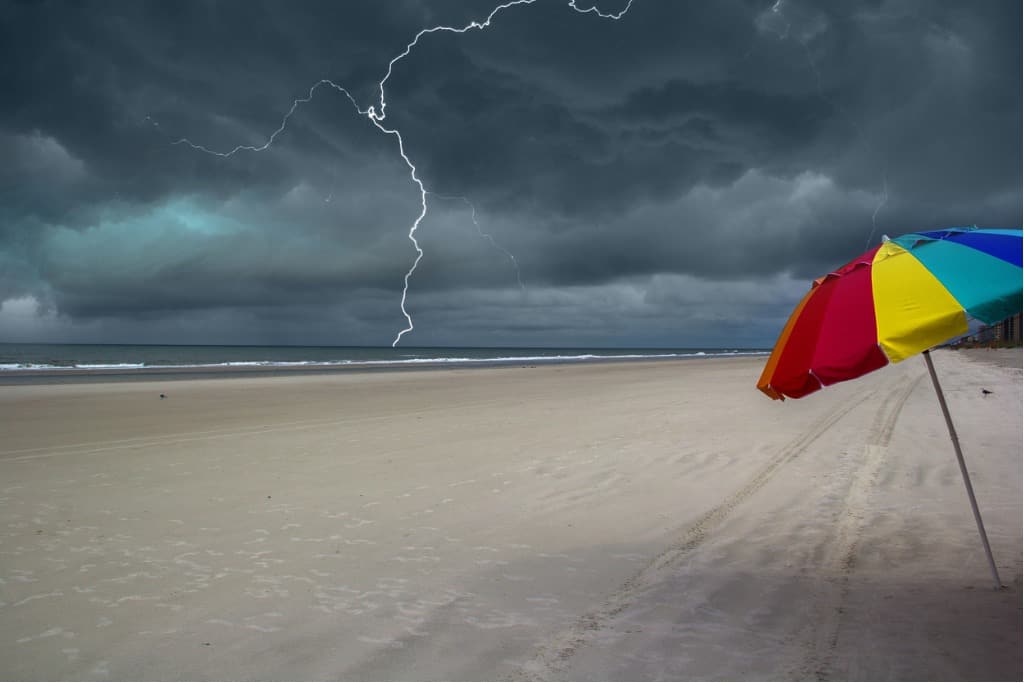Longtime residents of Florida are very much aware that hurricanes are a part and parcel of life in the Sunshine State. And they will also tell you that in recent years, these storms seem to be increasing in strength. Hurricane Irma was one of the most destructive storms in U.S. history. It maintained its peak intensity of 185 mph for 36 hours making it the strongest sustained hurricane in the Caribbean since records have been kept. Tearing off roofs, flooding homes, uprooting large trees, and flattening a large swath of the Florida Keys, the damage it left in its wake is estimated at anywhere from $65 billion to $200 billion.
It also seems that hurricanes are increasing in frequency. There were eight Category 5 hurricanes recorded from 1931–1960 and then ten from 1961–1990. As of November 2017, we have a total of thirteen Category 5 storms with two years yet to go for the next 30-year period (1991-2020).
So why is this happening?
- Hurricanes develop when warm, moist air rising from the sea’s surface meets cooler air from the upper atmosphere.
- Increasing amounts of CO2 gas are being trapped in the atmosphere, leading to warming of the earth’s surface, concentrated in the seas.
- As sea temperatures rise, there is more evaporation of water from the surface. This provides more ’’fuel’’ for extreme weather conditions so we can expect the intensity and frequency of hurricanes to continue their upward trend.
In other words, climate change is leading to an increase in extreme weather events around the world, including hurricanes. We can expect more of these monster storms in the future. In fact, we already know what we can expect in 2018: on November 9th, NOAA announced the La Niñaweather pattern has arrived and will persist through a forecast warmer winter. According to the statistics, La Niña provides prime conditions for hurricanes. Florida has been hit by twice as many hurricanes in La Niña years (28) compared to El Niño years (13). In other words, get ready.
But it’s not just the storms themselves, it’s also the aftermath that causes so much suffering. Floods, heat, humidity and no electricity. At the height of the devastation from Irma, more than 7 million Florida customers were without power. More than 40% of homes in the state were blacked out; no lights, no electricity. Even those who weren’t in the direct path of the storm suffer from the lack of light, refrigeration and, worst of all, air conditioning.
What can you do about it?
- First, be prepared. Install a backup power system in your house. A gas-fuelled generator will only work as long as there is gas available and it’s usually in short supply after a hurricane. After Hurricane Irma departed, 43% of Florida gas stations reported they were dry. Solar panels with a battery storage system are a better option as you can store power for emergency situations.
- Second, reduce your carbon footprint as much as possible. The first and easiest place to start is with your power consumption. Turn off lights and computers when they’re not needed, unplug your chargers after you’re done with them and make sure your AC unit is well-maintained and regularly serviced. This will reduce the amount of energy it consumes and optimises the air-quality in your home, meaning less dust which will keep your other appliances functioning smoothly.
So if you live in South Florida, air-conditioning is not something to neglect or take for granted, and with the air-quality in Miami don’t wait too long before your next service, for all our sakes!





